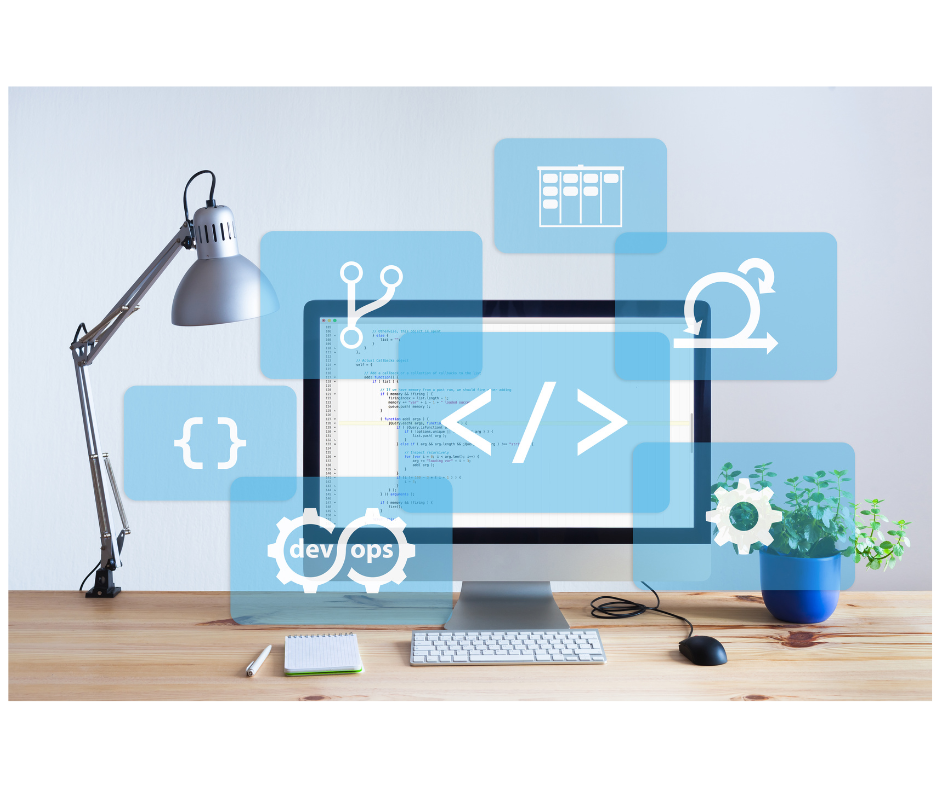7FACTOR NEWS
Have you ever taken over a simple-looking task? One that is devoid of complexity, something you’ve seen thousands of times, only to open up the code and find an illegible outdated mess?
At 7Factor, we work to make sure all our software stands the test of time. Where an engineer can look at the code and understand exactly what is happening and why. The idea here is to develop software in a way that allows future engineering teams the ability to understand, edit, and maintain the software. This concept has a name: Software Longevity.
In this article, we’ll break down how our engineers increase the shelf-life of software, what the important aspects of Software Longevity are, how you can begin increasing your software’s lifespan, and why we think it’s important that all software consists of quality, long-lasting code. Come with us as we show you how we write code that lasts a lifetime.

What is Software Longevity?
Developing for software longevity is the general practice of developing software using certain principles and practices to create software that is simpler to maintain, edit, and run. By doing this, the software will stay up-to-date, be more secure, and maintain functionality for a longer period of time.
Why is Software Longevity important?
Having code that is built to last is important for a multitude of reasons. A primary reason is that maintaining existing software effectively is easier than creating new software every time something breaks. Having the ability to easily fix or change something is cost effective in most situations.
Best Practices for Software Longevity
While software longevity is merely a general idea within the software industry, there are many ways to solidify your application for a longer lifespan.
Use the SOLID Principles
The overarching goal of using the SOLID principles is to make it simple and accessible for engineers to change one aspect of a software application without negatively affecting other developers or the software as a whole.
This, of course, helps us build software for longevity by helping guarantee the future of an application. Essentially, if you use these recognized principles, then your application should be developed in a way that allows other teams to recognize how to work within your code.
Understand and use TDD
As a basic explanation, Test Driven Development (TDD) is the practice of creating tests during the coding process; interlacing unit tests and refactoring within the source code.
There are many arguments for TDD. One of which is that by using TDD, testing functionalities later in the stages of development becomes much easier. Another relevant reason is that it helps lead the development of codebases to be more flexible and easier to maintain over longer periods of time, which directly helps us pursue software longevity.

Reliable Libraries are Your Friend
It can be tempting to use the newest and most cutting-edge libraries and practices, but these repositories are constantly changing and being updated. That means your software will need a lot of maintenance to stay up to date with the newest and shiniest features. This isn’t entirely bad, since newer libraries that are updated frequently generally have stronger security, but tread with caution around the “latest and greatest” before you use it for your project.
Instead, you want to be using vetted libraries, i.e., libraries that have stood the test of time or have strong backings and communities. This will let your software function longer without the chance that a library you use gets a critical update that breaks your code.
However, older libraries can also run the risk of having security problems if they haven’t been updated. Make sure to do your own research before you implement anything into your software.
Try to Use Familiar Programming Languages
While some coding languages have specific use cases, and on certain projects, there could be an optimal or only language you should be using, generally speaking, try to choose the language that works best for you and your team. If you’re working on a project that is typically done in C# but all your engineers have most of their experience in Java then consider writing it in Java. It’s more important to use the language that you can get the most out of while writing quality code that is readable and has tests baked in.
With that said, there’s a balance between the language your team can understand and work in effectively and the language that is best suited for the project. The important thing is choosing a language that your team and other teams can maintain for years to come.
We Did It and So Can You
Increasing your Software Longevity is easier than you might think. Remember, it’s all about sticking to basic principles and reliable solutions. You don’t need to be using the latest and greatest libraries and methods. Develop solid design principles, write clean, maintainable code, and tailor your development choices so your engineers are working to their strengths.
It might seem like it’s impossible to produce software that will still be able to be used in 5 or 10 years, but it’s not that far off. It’s tempting to just settle for whatever works, but if that means you have to come back in 4 months and rewrite it because you want to add a new feature, was it really worth it? Instead, let's all strive to craft code that is high quality and long lasting. Something we can be proud to be a part of.

